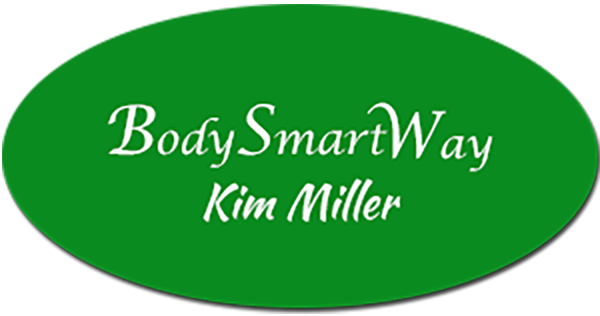Five Key Areas of Fitness Crucial to Successful and Healthy Aging
Successful, healthy aging has three important components –
1. Low probability of disease or disability;
2. High cognitive and physical function capacity;
3. Active engagement with life.
Healthy aging requires extending ourselves in 5 key areas of fitness.
Cardiovascular Heart Fitness
Muscular Strength
Muscular Endurance
Flexibility
Body Composition.
There are additional areas not traditionally considered part of physical fitness like balance training and mental training but that will be for a later topic.
Keep in mind these are general guidelines but they will give you a bases of understanding. Remember, implementation will be key. As you’ve read before in my blogs you can get all the facts you need in books, magazines and the internet, but establishing a way to implement good health habits is an absolute must for healthy aging. For now, review the basics below and we’ll build from there.
Cardiovascular Fitness• A minimum workout or exercise period of 20 -30 minutes, four days a week.
• The heart rate should reach a minimum of 70% its safe peak. A commonly used formula for determining the safe heart rate peak is 220 minus age multiplied by 0.70 = HR minimum. To illustrate, for a 71 year old minimum the safe heart rate peak is 104 beats per minute (220 -71 = 149 X 0.70 or 104) while exercising the heart. People on beta blockers will not use this formula and instead will learn perceived exertion techniques.
• Exercise must use leg muscles and be continuous motion to be considered cardiovascular in nature. Ex. walking, biking, stair climbing, jogging, elliptical trainer, cross country skiing.
Muscular Strength• How much your upper body can lift for one repetition.
• How much your lower body can lift for one repetition.
For now, if you have not been training, do not try this one repetition maximum as injury is likely. That can come later after you have been training however there are rules that apply to this one depending on our ages.
Muscular Endurance
• How many repetitions your upper body can lift in one minute.
• How many repetitions your lower body can lift in one minute.
Flexibility•
The range of motion one has in such areas as the hamstrings (back of legs), upper and lower back areas, shoulders, hips, neck, and quadriceps ( front of thigh.)
Body Composition
• Being at a weight that is comfortable for the individual given his or her lifestyle needs. It would include being at a weight that does not contribute to elevated blood sugars, lack of energy, cardiovascular risks, osteoarthritis, and other increased body fat health issues.
• Also includes having a Body Mass Index (BMI) that is considered within normal range. A BMI of 18.5 to 25 indicates optimal weight; a BMI lower than 18.5 suggests the person is underweight while a number above 25 would indicate an overweight condition.
Note: The Body Mass Index (BMI) is a widely used measurement for calculating the body composition of relatively sedentary individuals with an average body composition. There are a number of BMI calculators on the internet. The formula for determining BME is to take one’s weight in pounds multiplied by 703 and then divide that product by one’s height in inches squared. To illustrate: 5 foot 10 inch man (70 inches tall) weighing 170 pounds would have a BMI of (170 X 703) / (70 X 70) or 119,510/4,900 = 24.39
In upcoming posts we’ll get started on making sense of each category as it applies to our ages, current health conditions, and most importantly healthy aging. In the meantime, if you have any questions related to your own health fitness plan, just shoot me an e-mail and I will be happy to conjure up the best answer I have. I’ll look forward to it!
